(O.G. Costa, 1829)
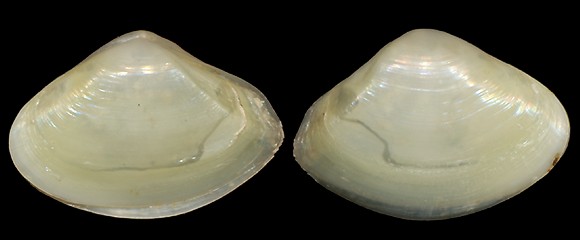
Original taxon: Tellina mediterranea.
Forte dei Marmi, Lucca, Toscana, W. Italy. 7mm.
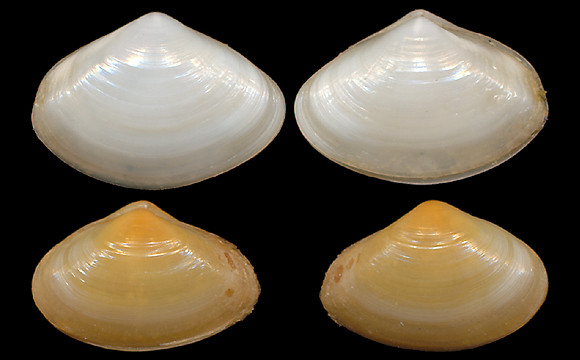
On sand at 5m deep, Marina di Pisa, Toscana. 6-6,5mm.
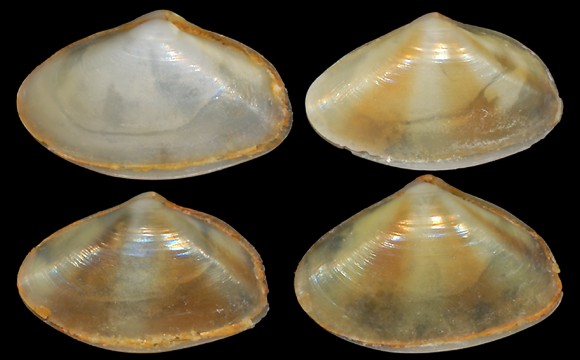
Listed by Costa as a Tellina, but described, at #23, as a Corbula: « This one is elliptical, larger than long; a little tumid and smooth; anteriorly slightly folded. The valves are inequal, of a pale yellow, with three apple-red rays which begin on the umbones and widen towards the margins. The hinge is generic. » – O. G. Costa: Catalogo sistematico e ragionato de’ testacei delle Due Sicilie, Napoli 1830 (writen 1829), p. XXVI.
2-3m deep, in sand and algae, Koblevo, Mykolaivs’ka oblast, NW. Black Sea. 7-8mm.

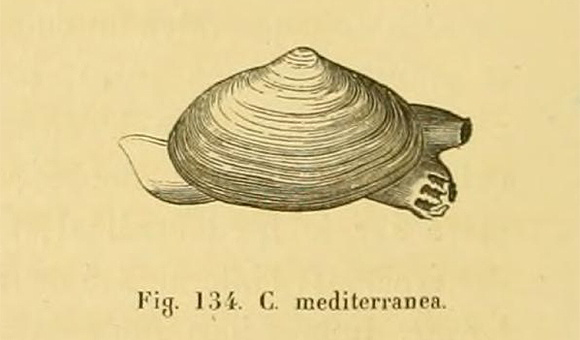
« The animal is not symmetrical. The mantle is only opened at the front. The aperture of the foot is narrow and has serrated edges. The siphons are brought together, short and fringed. The Corbulidae live in the sand or the mud by the seaside. »
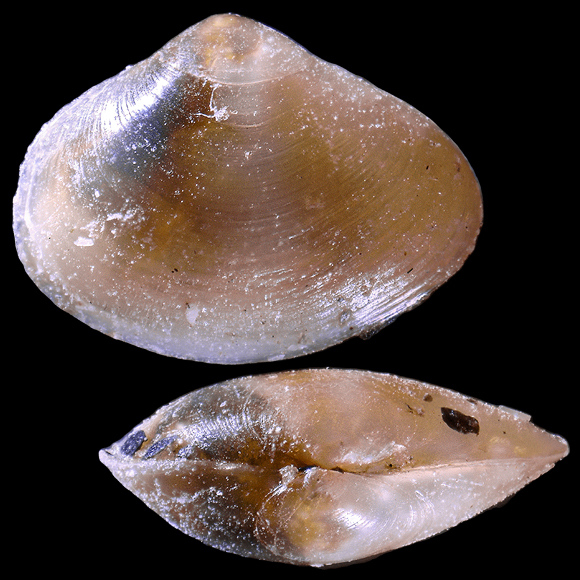
Rochelongue, Agde, Hérault, Occitania, S. France. 3,5mm.